Read what Froebelian expert, Rachna Joshi, has to say about
Guildford Nursery School. The following is the fourth of her monthly blogs about aspects of Froebelian pedagogy at Guildford Nursery School.
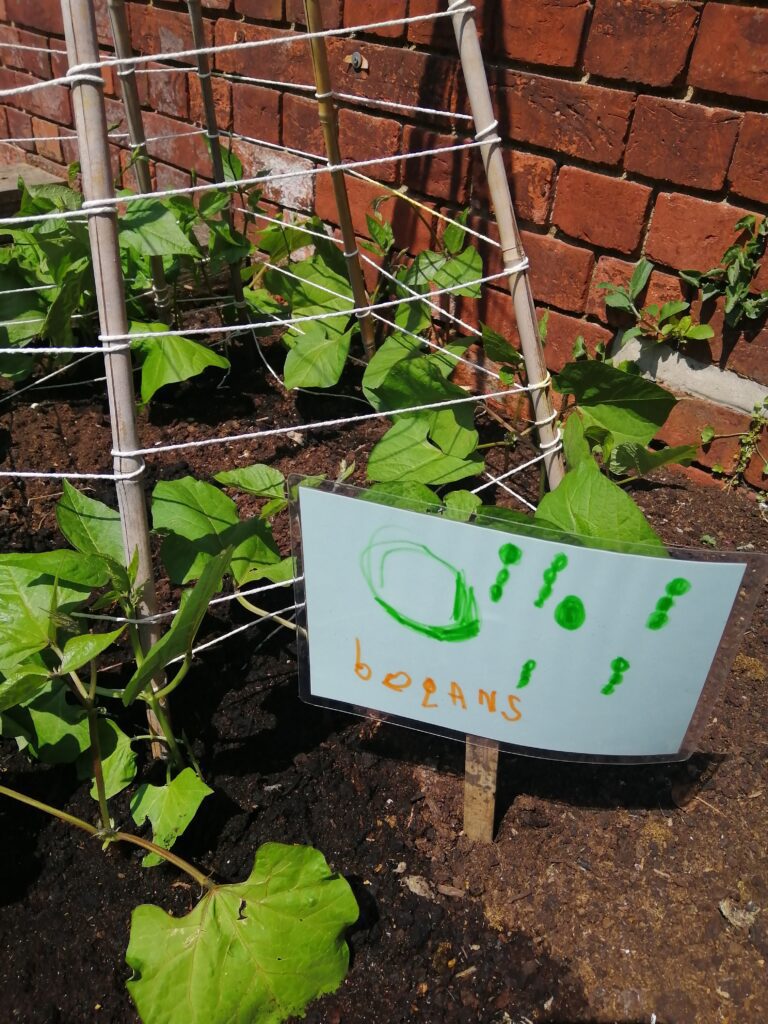
At Guildford Nursery School (GNS) there is an underpinning of values reflecting sustainability and care for the environment which is seen through their food and herb growing spaces in the garden as well as the choices they are making with resources.
I visited GNS in September, right at the beginning of the academic year, but also at the end of the growing cycle. This meant there were fully grown courgettes and beans all over the garden which had been cultivated by the cohort before them. Whilst it might seem that the previous cohort missed an opportunity to harvest, in fact they would have been in receipt of the fruit and vegetables from the year before - a cyclical process akin to Froebelian principles towards nature, life and the community contribution within a school setting.
The children at GNS would soon begin to sow their seeds from these courgettes and beans to start the process all over again. While I was there, the children were picking the courgettes, one wanted to keep it for themselves, but was gently encouraged by the educator to share it with the cook who would make a courgette and bean dip for them all to enjoy. These experiences which are embedded into the curriculum and life of those at GNS draw links to the Froebelian idea of the whole - in this case, seeing the whole courgette, eating it, then sowing the seeds for the process to start all over again. This process enables children to see the whole courgette or the end ‘product’ instead of having to imagine what it might be like in many months to come. It also helps to contextualise for children what the intended outcome will be once they plant their seed, enabling children to check for signs of growth and problem solve if necessary.
Froebel, himself, had opportunities for children to grow their fruit and vegetables in his own kindergarten in Germany. When he set this up he created individual plots for each child to have their own garden to tend to, as well as a communal one. This communal garden demonstrated to children how a garden is supposed to be cared for. Children were then free to choose how to care for their individual plot, with the consequences both for caring or not caring, their own to manage. The children would of course be able to share the fruit from the communal garden, again linking to the idea of the whole and their contribution to the community.
At GNS the children don’t play with food – it is used for cooking and eating. There are varying debates in early childhood settings regarding the use of food as a play thing, with food such as cereal, pasta, coloured rice used to enhance small world areas or fruit and vegetables used for painting. I would argue that given the current state of society, with the use of foodbanks continually rising, that we should consider what message this sends when we buy food for children to play with. I would also question the value that children receive in playing with food in this way – is it not confusing for children? You can’t eat the pasta in the classroom, but you can eat pasta at lunch time? For those reading and wondering about playdough, then I believe this is different as often playdough is made to last longer (and I would suggest moving towards clay anyway, as this is much more sustainable).
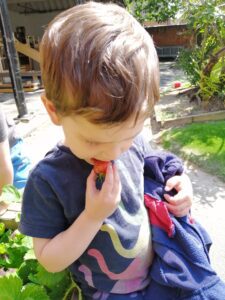
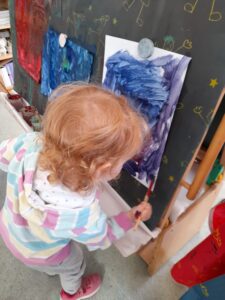
Another area of sustainable practice observed at GNS was around the use of paper. The paper that children were using for everyday mark making and writing was on the back of menus. An educator explained that a parent donates the old menus, that can no longer be used in the restaurant they work in, to the school. A simple way of connecting with families and finding low-cost ways to be sustainable. The consideration of recyclable resources is evident throughout both settings such as gutters, drains, tubes are all recycled and reused.
This thread of sustainability and care is threaded throughout both Nursery sites. This underpinning of community collaboration and contribution is shared with children, and this enables children to take part in and observe the changes of growth. They also take part in developing their life skills in caring for their environment as they are older. Children are very aware of the need to care for the environment, and we can position them as the future protectors of the world. Therefore, our early education practice has to have the forethought that is needed in the current climate emergency.
References
d’Ascoli H & Hunter D (2022) Re-engaging with nature, Froebel Trust Pamphlet Available at:
Tovey, H (2017) Bringing the Froebel Approach to your Early Years Practice, Oxon: Routledge
